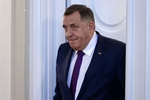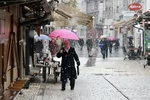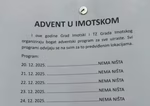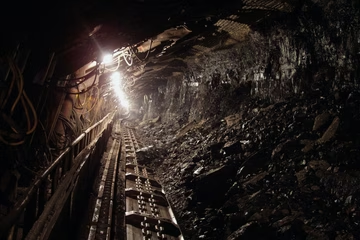Nevenka Tromp: Three possible scenarios for Ratko Mladic final verdict

A former employee of the Hague Tribunal, an expert in transitional justice and a professor at the University of Amsterdam, Nevenka Tromp, explained the three possible scenarios for the final verdict against Bosnian Serb general Ratko Mladic for N1, on Friday, adding that the same scenarios have been present for all previous verdicts.
Oglas
"One is to confirm everything that has already been established in the first instance verdict. The second scenario is a compromise. A lot of time has passed since the first instance verdict, there have been a lot of reactions to it. Now watch what the judges could do under that second scenario, to meet some of the criticism from the victims they could, let’s say, confirm the 1992 genocide in one of the five municipalities mentioned. The victims would be met, especially for Prijedor municipality," she said.
"The Serb side could also be met – by not proving that there was an international armed conflict after May 19, 1992, and by not proving that Mladic was in a joint criminal enterprise together with individuals from Serbia, Milosevic, Seselj, Arkan, Stanisic and Simatovic," Tromp said.
The third scenario, according to her, is the release of Ratko Mladic, although there is no indication of this, plus, she claims this would cause massive tectonic shifts in international politics.
The final verdict in the trial of Ratko Mladic, Bosnian Serb wartime general, will be pronounced on June 8 in The Hague.
The International Criminal Tribunal for former Yugoslavia (ICTY) sentenced Mladic on November 22, 2017, in a first-instance verdict to life imprisonment.
Mladic was a Bosnian Serb military leader during the 1992-95 war in Bosnia and Herzegovina and trial judges found he was responsible for overseeing the murder of more than 8,000 Muslim men and boys in the eastern Bosnian town of Srebrenica in 1995.
Trial judges found Mladic was responsible for ethnic cleansing campaigns against Bosnian Muslims and Croats, and murdering and terrorising civilians in the Bosnian capital Sarajevo during a 43-month siege, as part of a plan to forge a “Greater Serbia” out of parts of the former Yugoslavia.
Kakvo je tvoje mišljenje o ovome?
Učestvuj u diskusiji ili pročitaj komentare
Oglas
Kakvo je tvoje mišljenje o ovome?
Učestvuj u diskusiji ili pročitaj komentare
Oglas





 Srbija
Srbija
 Hrvatska
Hrvatska
 Slovenija
Slovenija



























































